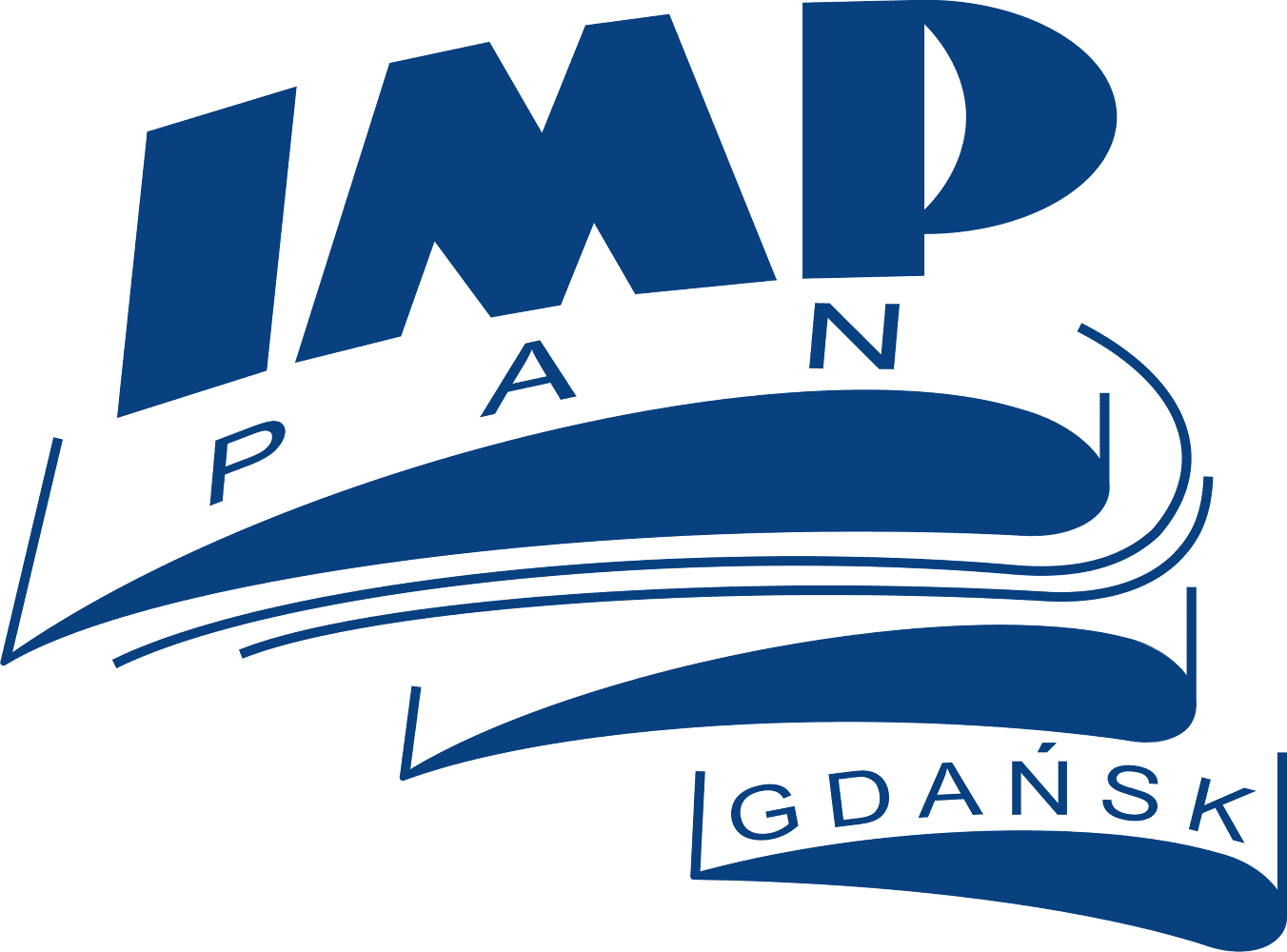Volume 70-72 (1976)
Opening address by the Chairman of the Organizing Committee Professor Jerzy Krzyżanowski
Panel Discussion 1: Investigations of Two-Phase Flows and their lnfluence on Turbine Stage Designing
Panel Discussion 2: Limits of Applicability of Theoretical Aerodynamics in Turbine Stage Designing
1976, Zeszyt 70-72
Abstract
Process of generation and motion of the liquid phase in the flow parts of turbines, accumulation of the liquid phase on surfaces and its coagulation, possible methods of effective separation and methods of calculation of the erosion damage to the blading have been discussed in the paper.
It was proved that the dispersivity of the liquid phase and the cascade flow coefficient depend strongly upon the location of the liquid phase production in the flow parts of a turbine. It was established that an essential decrease of the flow occurs if the condensation takes place inside the nozzle cascade channels.
Large droplets deveiop in principle as a result of accumulation and subsequent coagulation of small droplets on the blading surfaces. The liquid pha§e at the turbine outlet can contain as much as 10 - 20 percent in mass of large droplets. Separation of the liquid phase is the most effective method of reducing blade erosion and increasing the turbine efficiency. Values of the separation coefficients do not usually axceed 10 peicent. However, especially designed separating stages allow 3 -5 fold increase of the separation coefficient, The analysis of the liquid phase motion in the flow parts of turbines and the statistical processing of operating conditions of turbines has led to the development of the methodics, as proposed in the paper, of calculations of the blading erosion rate.
Keywords:
liquid phase, flow parts of turbine, coagulation, effective separation, erosion damage, blading erosion rate.




















